When I saw that Final Fantasy 7 Remake came out in 2020, I had to do a triple-take. Really? It was out on PS4, four years ago? No way!
Alas, time makes fools of us all, and the second part of that remake, not-confusingly-at-all-named Final Fantasy 7 Rebirth is here. If you were sorta-kinda on the fence about this whole thing after the first entry, you’d probably love this one.
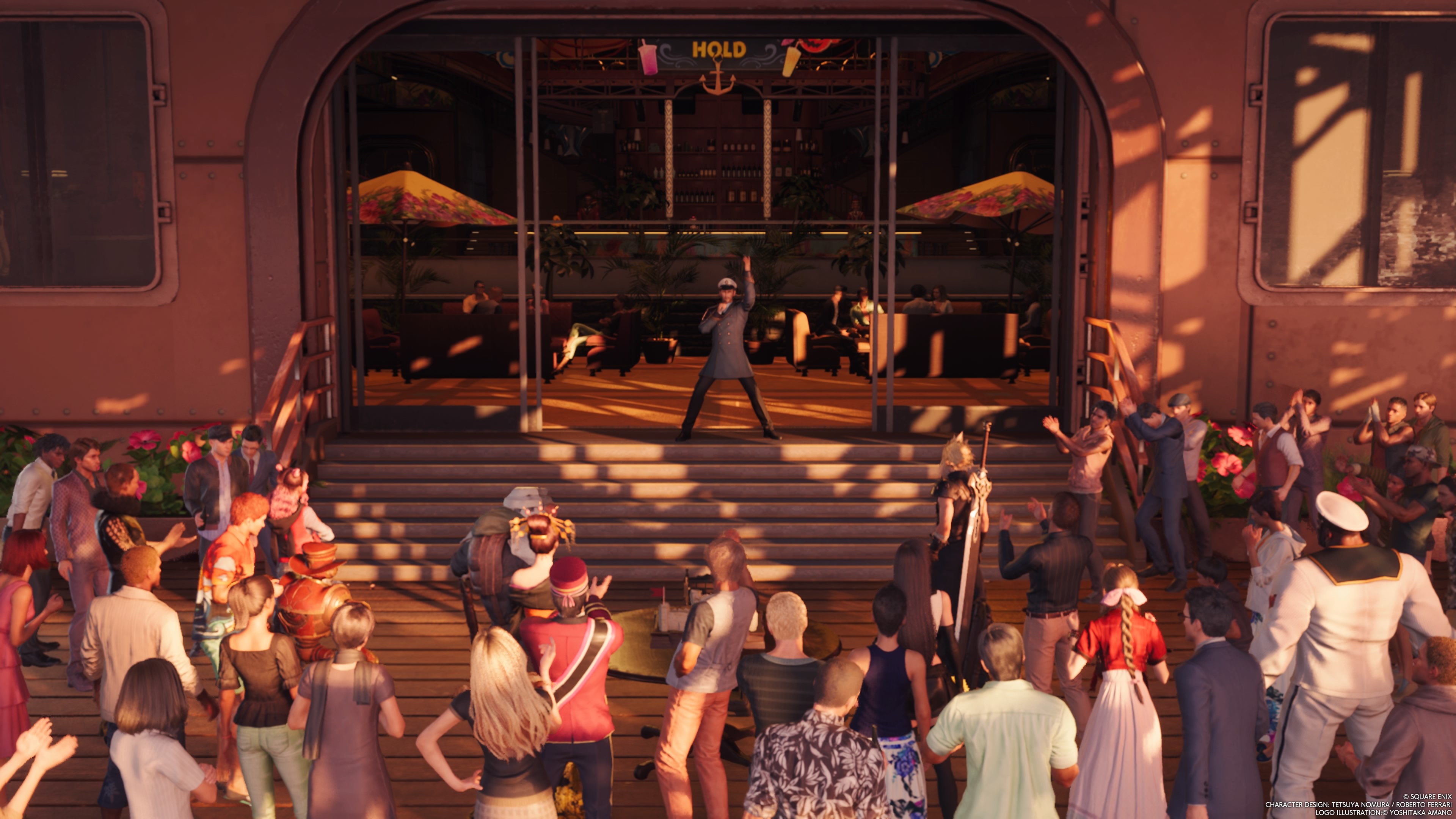
Final Fantasy 7 Rebirth (PS5)
Developer: Square Enix Creative Business Unit I
Publisher: Square Enix
Released: February 29, 2024
MSRP: $69.99
Rebirth takes us out of the gloomy city of Midgar and out into the broader world. Well, it’s more like a collection of massive regions spanning interconnected sandboxes making up that world, to be precise, as this is a different beast entirely. Square Enix has collectively addressed numerous aspects of the original, both in and out of combat. We’ll get to that, but suffice it to say that things get rolling very quickly (as is the case with most middle entries of a trilogy).
For a “part two” of a massive JRPG collection, it’s fantastically paced. We’re in the thick of it immediately, with Cloud revealing a rather large tale from his past, tying in the looming threat of big bad Sepiroth, and re-familiarizing us with the current party. I was “in” right away, far sooner than Remake grabbed me. That might be all you need to hear. If so, that’s great! For the rest of you, let’s talk about why Rebirth is so successful at what it does.
Rebirth, somehow, is equally interested in letting you run wild with weird sidequests (including a fully-fledged card game with booster packs, a worldwide ranking, and even a celebratory cruise event) and doling out mountains of lore. It’s a perfect combo for folks who are extremely into FF7 or might even be jumping straight into Rebirth after watching a YouTube summary of Remake.
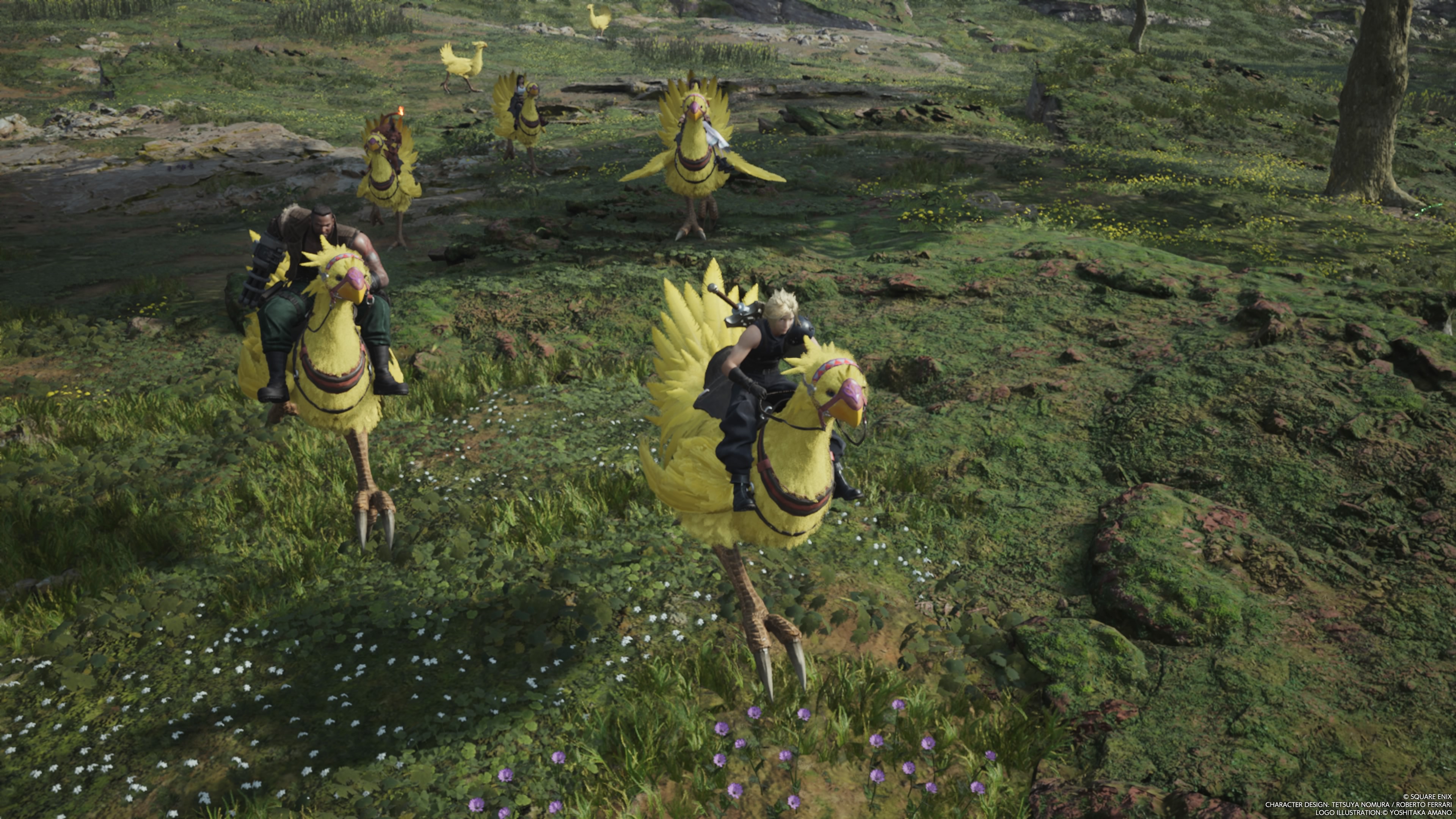
I appreciate all of the extra context we get from Rebirth outside of the confines of Midgar. The world seems so much bigger now, and lore nuts are going to go wild for some of the extra details sprinkled in. The mad lads and ladies of Square Enix also added in friendship bonds, which are boosted by talking with teammates (as well as saying the right things), and impact a few light storyline events, as well as combat synergy. It does a fantastic job of letting the entire party come alive, not just your personal favorites. That shines through with nearly every voiceover performance.
There are a ton of unique moments in Rebirth that really pop, with scenes like Barret and Red XIII going through the Mithril Mines together and bantering stealing the spotlight as a favorite. Nearly every chapter has sequences that play out between characters you didn’t really get to see interact in the original PS1 version, and the earlier inclusion of Yuffie fits so brilliantly that you’d be forgiven if you thought that’s how it always worked. As with any good remake, many things are played straight, but there’s a healthy mix of original, altered ideas too. While I’m going to refrain from making any comments on the meta-story that was introduced in Remake, there are a ton of surprises to discover and talk about in the years to come.
I really need to clarify that this isn’t a fully open-world game, but I bought into that fairly quickly. As chapters progress, you’ll gain access to new regions, of which there are six (amid other smaller zones to explore). Those are six legit sandboxes to roam around in, with land-based vehicles or Chocobos, primed with sidequests and other secrets. It’s not quite as grand as getting an airship and going hog-wild around the globe, but there’s plenty packed into Rebirth to keep you going past the 100-hour mark: especially if you poke around all of the minigames on offer.
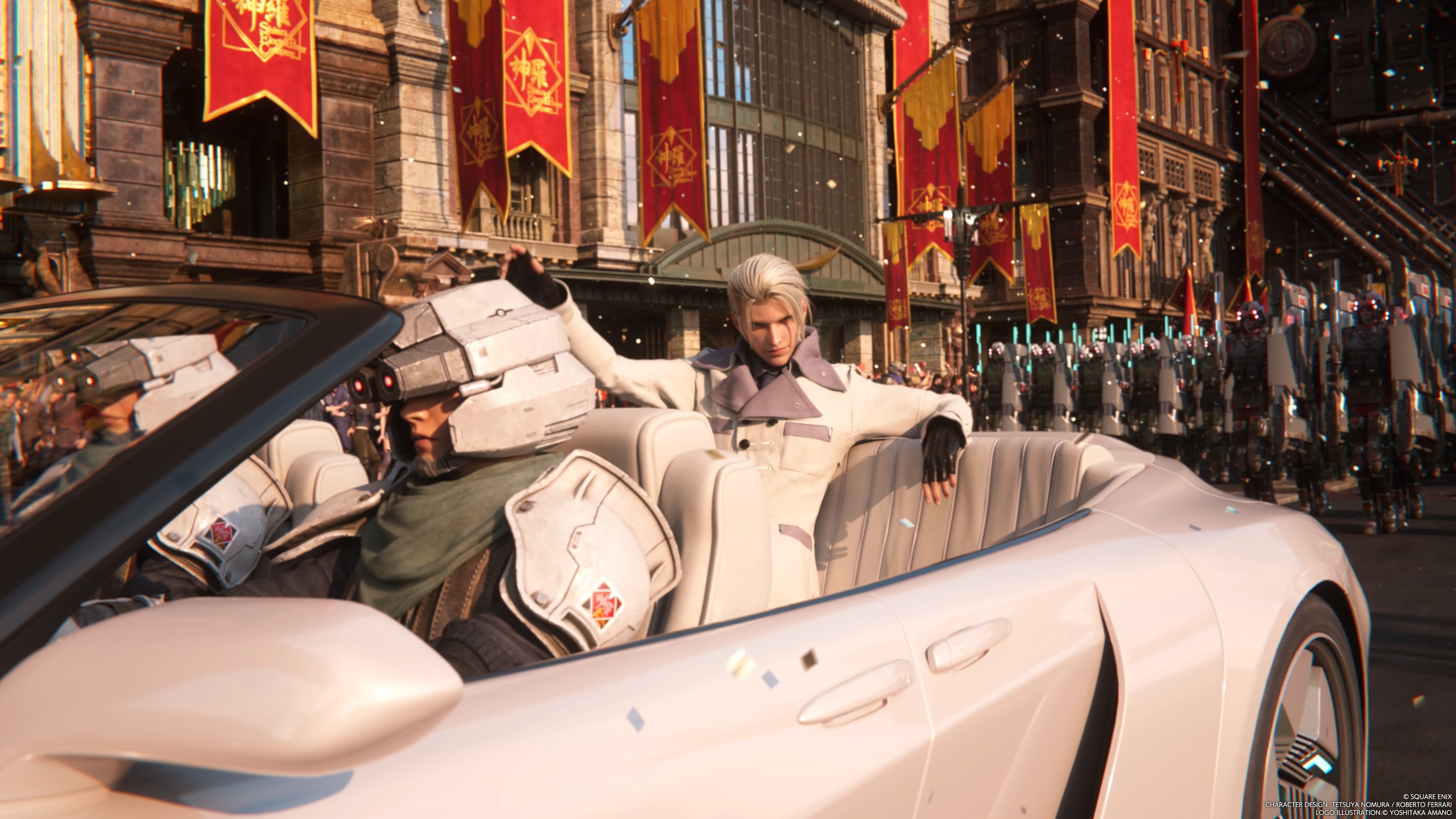
Some of you might be reading this review just to see if they half-assed the Gold Saucer: Final Fantasy 7‘s famous Chuck E. Cheese/casino. Nope! In fact, it’s expanded compared to the original rendition and is a fully-fledged hub with tons of goodies to unlock and earn long-term. I found myself spending multiple hours in it just roaming around aimlessly, and I still have plenty left to do. And, speaking of random time-filling minigames, we have got to talk about Queen’s Blood specifically.
Even as a big tabletop fan, I resisted the siren’s song of this in-universe card game for several chapters before I gave in. Once I started, I couldn’t stop. With simple Othello-like placement rules, Queen’s Blood is very easy to learn, but there’s a considerable amount of depth to it. As you progress you’ll earn more cards, which in turn can introduce new keywords, just like a future set release in Magic: The Gathering. I went from ignoring Queen’s Blood NPC icons to actively seeking them out, expanding my card collection all the while.
Another thing that I’d be remiss to leave out of this assessment is the soundtrack. It sounds hyperbolic, but FF7 Rebirth has one of the best Final Fantasy scores of all time. I mean there are a lot of them at this point, and I’ve heard them all, but the combination of new music plus some masterful reworks of a handful of classic tracks really puts this near the top for me. Again, I’d love to just spoil a few here and talk about them at length, but you’ll see a few of the standouts for yourself either in-game or on YouTube. People will be sharing them!
Combat, on the other hand, is not going to radically sway folks who didn’t dig it in the original. It’s still very much in line with the core system Square Enix created for Remake, and it’s likely to continue on throughout the trilogy. Dodging and blocking are still a major focus, as are ability and [materia-based] magic commands, and mashing an attack button to gain Active Time Battle (ATB) gauges to actually fire off said bombs. It is a little flashier though, with an enhanced focus on perfect-timing parrying, as well as synergistic team attacks.
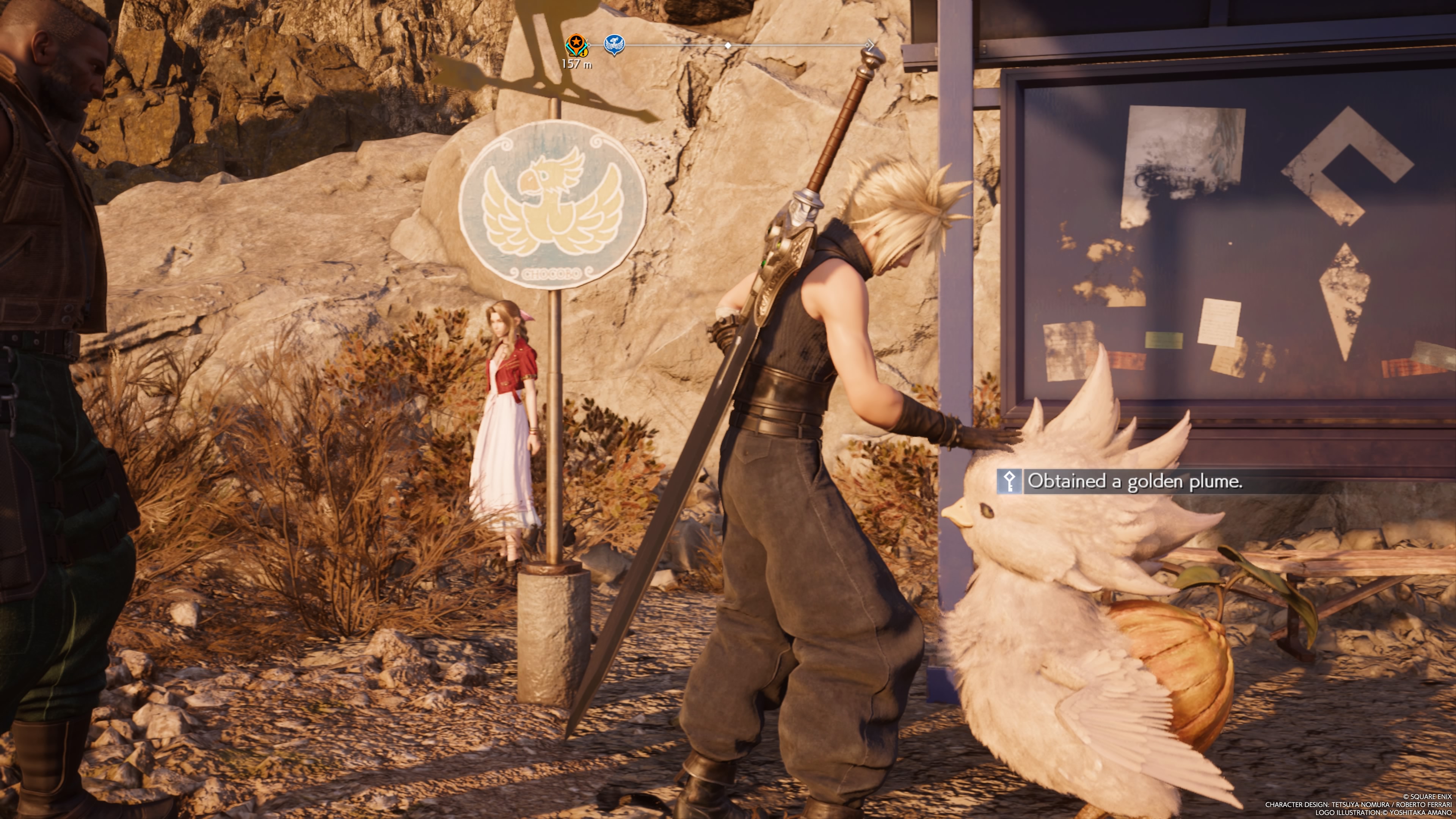
How engaging you’ll find combat is severely tied to the complexity of the encounter, which ebbs and flows throughout the game. Bosses tend to be more involved, asking players to mix up their tactics (beyond just exploiting weaknesses) by targeting vulnerable points and reacting quickly to big attacks. The “stagger” system returns (in which enemies are momentarily open to harder hits after depleting their stamina meter), which can feel both rote and extremely exciting in the same encounter.
Like Final Fantasy XIV, the more flashy a fight is, the more fun you’ll have. Many bosses have several phases, complete with silly transition sequences, a booming score, and constant strategic mixups. There are enough of these peppered into the game (including new ones) to keep things spicy, between all of the lower-stakes trash cleanup.
You also have what I call “customization satisfaction.” With a simplistic skill tree system taking over the orbital sphere track of Remake, you’ll still be able to choose your specializations on top of mastering weapon skills and, naturally, slotting in tons of material to your heart’s content.
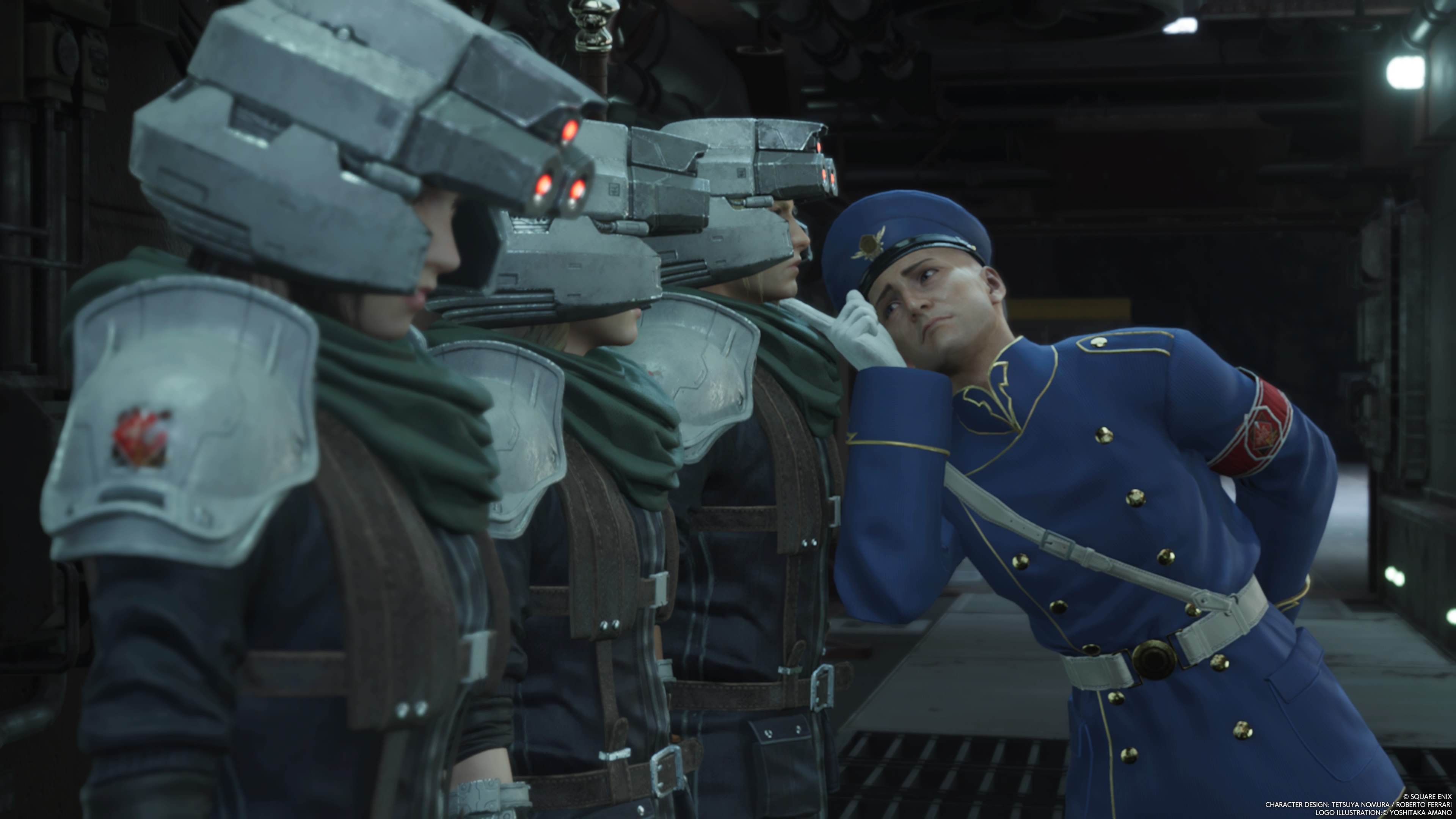
One huge thing to note is that not everything has been fixed when it comes to a few underlying issues. For one, the menus can be a nightmare, with party sorting options frequently obfuscated behind multiple clicks. More party members means more problems, more material and equipment to slot, and more abilities to micromanage. It’s not particularly difficult or heady, mind, it’s just occasionally annoying. It’s also mostly an endgame problem (which is when you acquire most of the equipment that has myriad material slots), but it’s still an issue.
The hard “chapter-based” system works when you’re telling the story the first time, but like Remake, it’s extremely rigid on re-tellings, and when you’re ready for endgame cleanup. For the sake of transparency, I had one hard crash in Chapter 3, but after loading an auto-save and missing no progress, it never happened again. That’s the only real technical issue I had the entire time in my 50+ hour completion journey.
Final Fantasy 7 Rebirth somehow manages to spin multiple plates without smashing any of them. It’s over-the-top serious when it wants to be, and it’s utterly absurd in the next moment. Great Final Fantasy games have always managed to walk this line, and it’s a testament to how the brand has stayed relevant for decades on end.
[This review is based on a retail build of the game provided by the publisher.]













Published: Feb 22, 2024 08:00 am